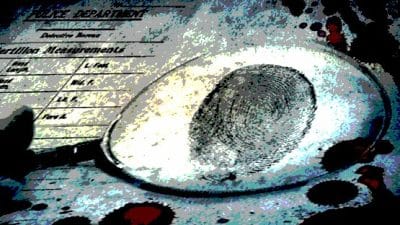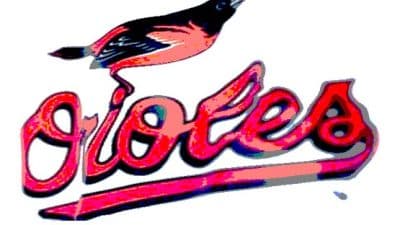
At this point, it seems our multimillion-dollar staff can’t coach up a big man.
Jordan Minor came to us with a reasonable skill set, which we didn’t improve upon. During the season, Blake Buchanan barely improved. A freshman with that many minutes should have been noticeably better at the end.
I get that we break early to get back on defense. But am I to assume the other four players can’t hold down the fort for a few more seconds until the big man can make it back?
We don’t get many putback points, and opposing teams are easily outrebounding us. Colorado State had more rebounds than our points (43 to 42).
More rebounds = more possessions = more points. It’s not complicated.
Matt

Jordan Minor came to Virginia with a nice skill set, and solid numbers – 17.4 points per game as a senior at Merrimack, dominant numbers around the rim.
He didn’t get on the floor for two months, and then when he did, his work on both ends fueled the eight-game winning streak that got UVA to within a game of the lead in the ACC for a hot minute.
Blake Buchanan is also a head-scratcher. His second game as a collegian, he had 18 points and seven rebounds in the win over Florida, which was, by an order of magnitude, the biggest team that Virginia would play all season – 6’9”, 6’10”, 6’11” and 7’1” across the front line.
That would be Buchanan’s only double-digit scoring game of the season.
One issue for both – fluctuating minutes.
Buchanan was on the floor for 27 minutes in the win over Florida, then six in the win over Texas A&M, six in the loss to Memphis, and five others in single-digits.
Minor only got garbage-time minutes until suddenly being inserted into the starting lineup in Game 16, the loss at Wake Forest, but even as a starter, he got 10 minutes in the second win over Louisville, 12 in the win at Florida State, eight in the loss to Pitt, 10 in the regular-season finale win over Georgia Tech.
The way Minor and Buchanan were used by Tony Bennett – to set screens and battle on D, and otherwise speak when spoken to – is another glaring issue for a team that relied way, way, way too much on midrange jumpers, and wasn’t very good at shooting midrange jumpers.
Virginia was in the Top 30 nationally, per Synergy Sports data, in the percentage of possessions that ended with short jumpers (up to 17 feet) and long twos (17 feet to the three-point line), and ranked 278th in the nation in shooting on the short jumpers (35.0%) and 228th on the long twos (34.1%).
As all these contested twos were clanking, Virginia was 329th in shot attempts coming off post-ups (1.8 per game), 308th in shot attempts at the rim (19.1 per game), and 255th in shots off offensive rebounds (3.9 per game).
Getting more looks in the post for your bigs, and unleashing them to crash the offensive boards, gets you more shots in the area of the rim, which are higher-percentage shots, and also gets you to the free-throw line more often.
For all the well-documented troubles that Virginia had making free throws this season, a bigger issue was the lack of free-throw attempts.
Virginia was eighth from the bottom nationally – 355th among the 362 teams in D1 – in free-throw attempts per game (14.0).
The struggles in making the shots – the 63.7 percent shooting clip also ranked 355th nationally – translated to Virginia ranking 361st, next-to-last, in makes at the line per game (8.9).
Translated: the offense didn’t get much from the bigs, didn’t get much off offensive boards, didn’t get much at the line – three of the four areas, the fourth being transition, which also gets de-emphasized at Virginia – at the expense of throwing up a bunch of contested twos, roughly two-thirds of which were misses, all so the guys can get back to set up the D.
This Bennett philosophy has won Virginia a national title, two ACC Tournaments and six ACC regular-season banners.
The game has changed a lot in the five years since the national-title banner went up, though – it’s about shots at the rim, threes and free throws, not taking any midrange shots, or as few as necessary.
Better utilization of the bigs on the offensive end would go a long way to addressing the limitations that we’ve seen on offense the past few years.










